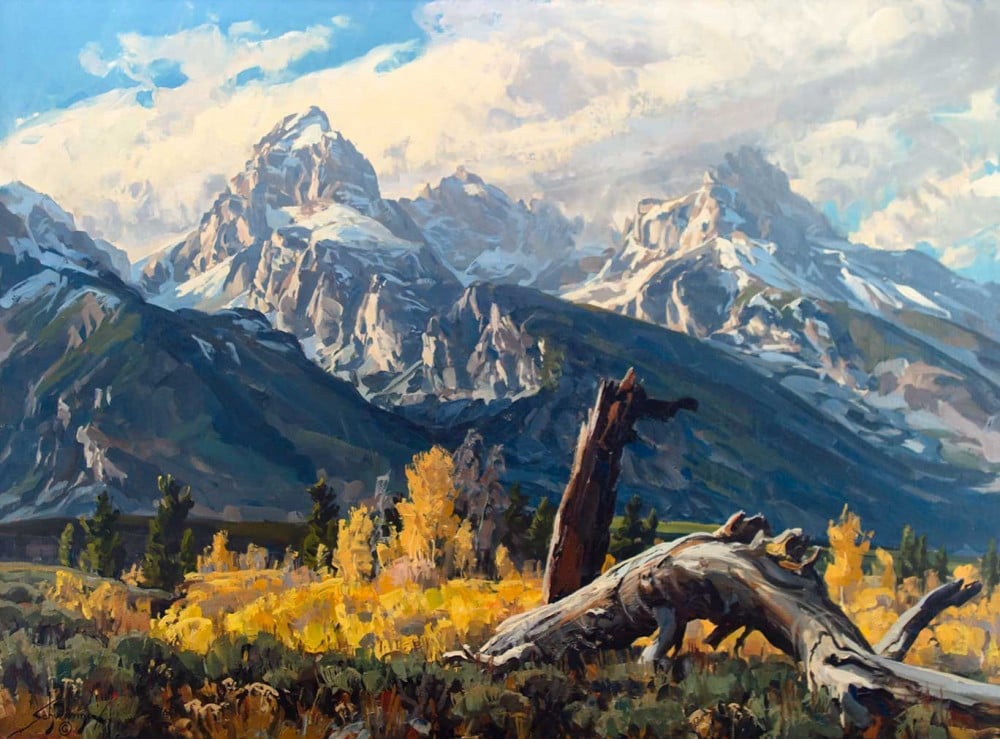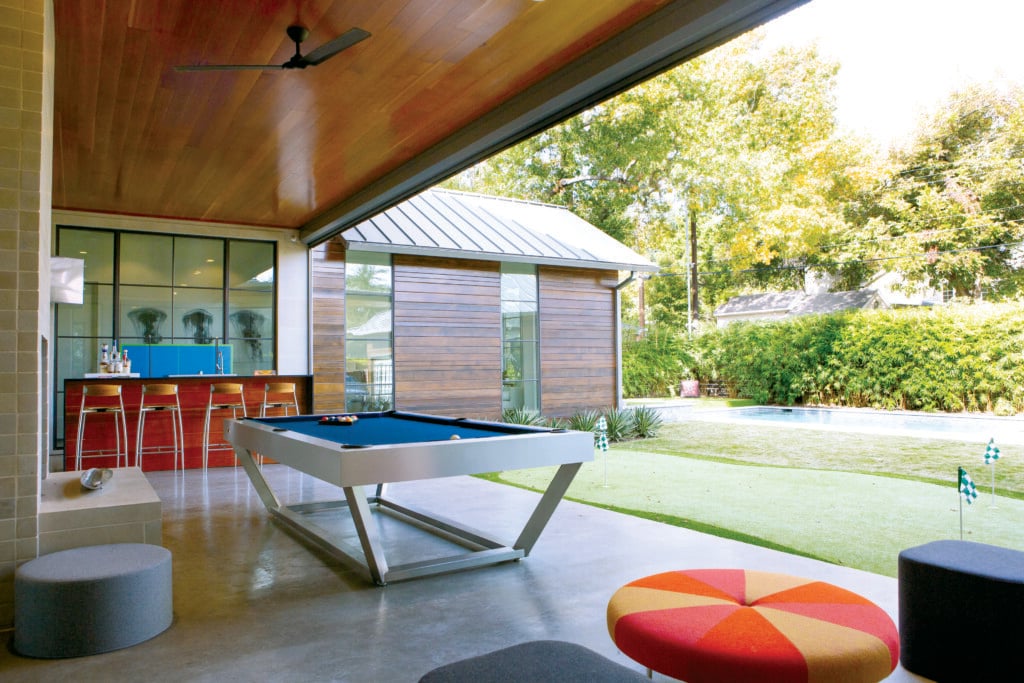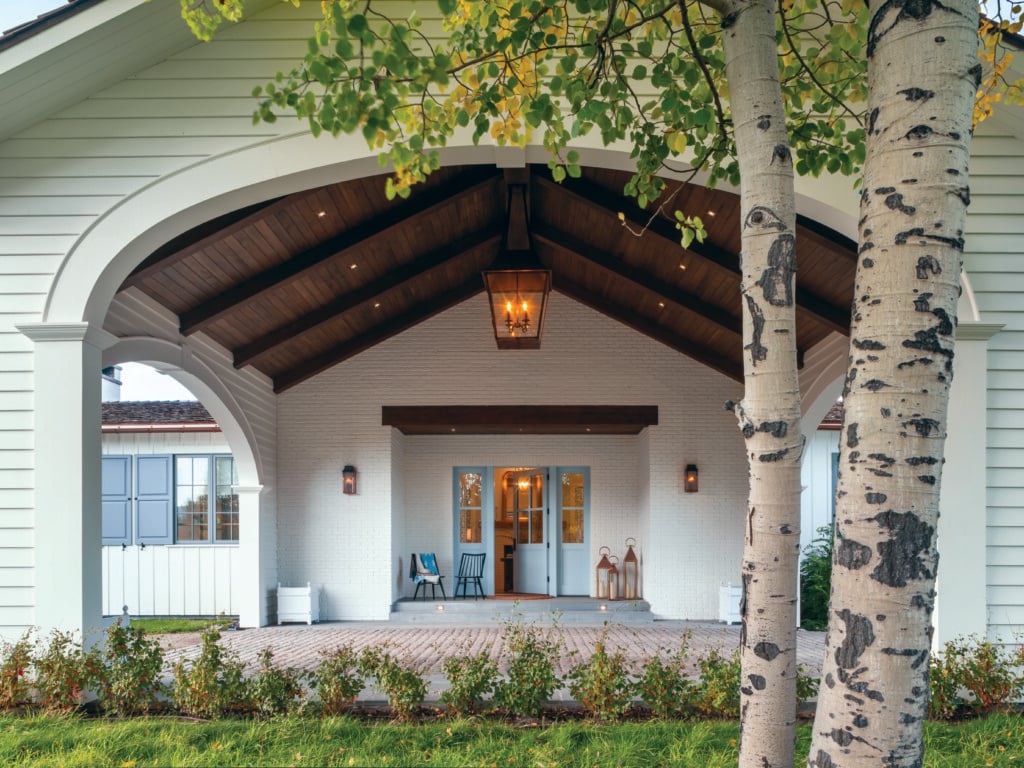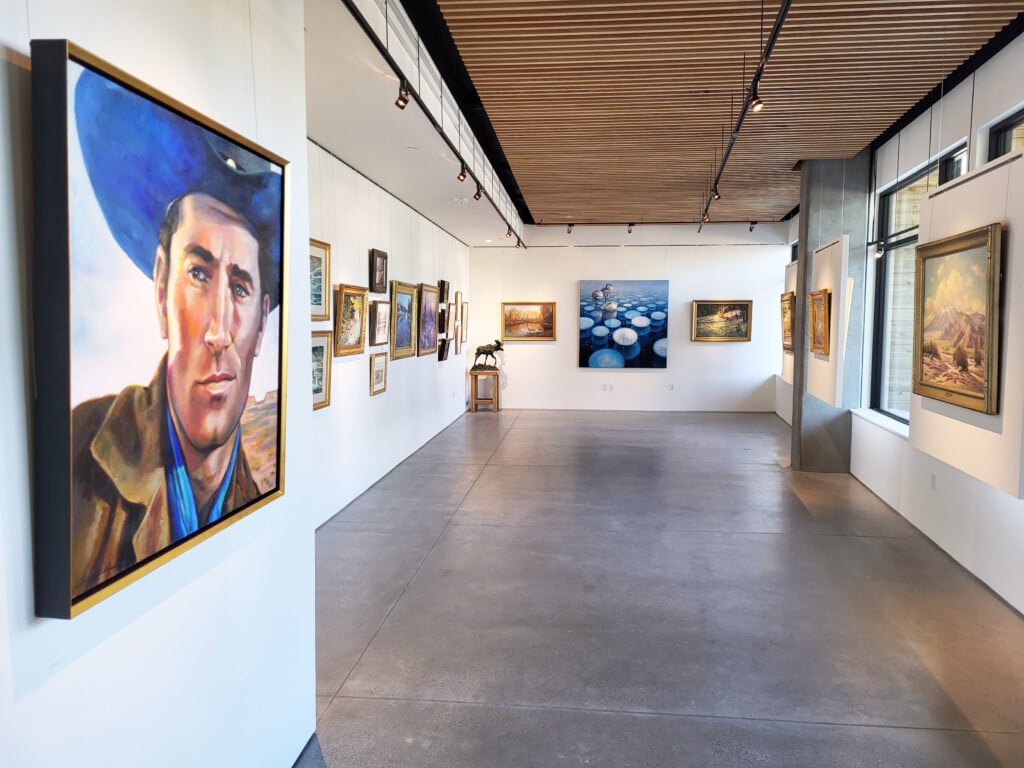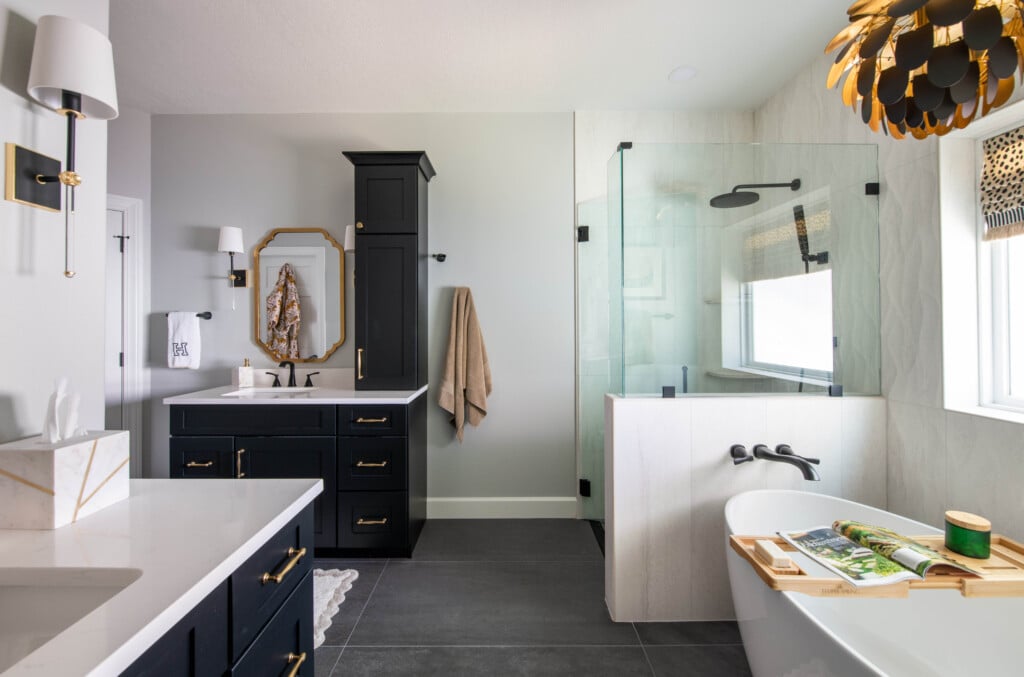Branching Out With Patrick Dougherty
An artist sticks a landing as an outdoor art installation sculptor
From truckloads of green tree saplings, North Carolina sculptor Patrick Dougherty builds life-size fairytale structures that look like they could be hideouts for fair maidens or beanstalk climbers. Often, the wayfaring artist spontaneously conceptualizes his pieces—characterized by their whimsical silhouettes and surfaces that appear to swirl and flow—on-site in order to draw from the immediate surroundings: A recent piece in Green Mountain Falls, Colorado, for example, was inspired by Native American petroglyphs, while a work that entwines itself around a rural schoolhouse in Fishtail, Montana, is a conduit for the dreams of young students. In coming months, Dougherty will be adding to his portfolio, with new builds in Northern California and Oregon.

Photo: Brianna Brough
Mountain Living: Art was a mid-career change for you. How did you make the leap from health administration to stick sculptor?
PATRICK DOUGHERTY: My former profession required a lot of sedentary activity. I got to help a lot of people and move organizations along, but I didn’t get to make anything with my hands. I’d have to do that after a long day of work. So I just decided I’d turn my hobby into a full-time job.

Photo: Charles Crie
ML: Why sticks?
PD: When I first started, I was using clay. But I soon realized that in North Carolina, there are a lot of saplings available. Many global cultures use saplings for baskets and furniture, so I thought I’d add my own twist to the traditions of the world.

Photo: Solku Choi
ML: How are the sculptures made?
PD: We basically create a framework and then add sticks. It’s like a weaving. We always use wood that’s native to the surroundings—willow in California; alder and chokecherry in Montana—so the installations are tied to the land even more.

Photo: Courtesy North Carolina Museum of Art
ML: What message do you want people to take away from your pieces?
PD: A good sculpture is one that you can make personal associations with—does the piece remind you of childhood play, a bird’s nest you spotted, or a particular walk in the woods? I also think people imagine the sculptures as simple shelter, perhaps in a primeval forest or a Garden of Eden. Design is never daunting; it’s thrilling and complex. The more you have passion, understanding and preparedness, the more fun and rewarding it is!

Photo: Adam Rodriguez
ML: Is your work meant to be permanent?
PD: They’re only meant to last two years. After awhile, weather and wildlife will take their toll. This speaks to the natural life cycles of things. When the sculptures are taken down, the sticks are laid in the woods. Sometimes there’s a celebratory fire—you know, ashes to ashes.

Photo: Hatten 18
ML: What's in your toolbox?
PD:
- Felco Pruners #2: These are an extension of my body. Over the years I have developed a back-pocket quick draw that’s essential to my work. Any misplacement of this tool causes immediate panic.
- Corona folding saw: I often use this to gather truckloads of worthy saplings. I am very tentative about lending this tool because it can draw blood instantly. If I do, I always use the disclaimer: “This is not a toy.”
- Sense of humor: While I’m installing, I often encounter the inquiring public, volunteers of every ilk, and rambunctious materials that are not easily tamed. I meet the daily hubbub with great anticipation, but sometimes it requires a certain amount of levity.
- Power of manifestation: Sticks pass through my hands to become walls, columns and rims of compelling fantasy structures. As years go by, the connection between my vision and my hands becomes more seamless. It’s now easy to see art in my mind and have it magically appear in three dimensions.
Learn more about Dougherty's work at stickwork.net.


